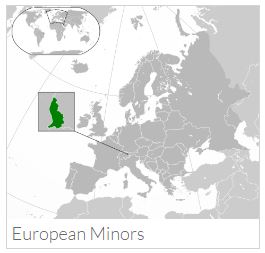 It has been a long time coming, but the PLM site is ready for use. And we are looking for faculty to create modules for their students.
It has been a long time coming, but the PLM site is ready for use. And we are looking for faculty to create modules for their students.
How it Works
The goal of a PLM is to introduce and reinforce a concept or idea or meaning without detailed explanation -or “any” explanation for that matter. The goal is to SHOW students a concept, idea or meaning and allow them to experience and see what IT is.
Each item in a PLM is a concept, idea or meaning illustrated by AT LEAST 5 images.
The idea behind PLM is similar to flashcards, but IT IS NOT FLASHCARDS. Flashcard programs have a one-to-one association, a PLM can and should have a one to many association. For example, in Surgical Technology, a learner must learn to recognize scalpels and there must be numerous types of scalpels. So, the correct answer “scalpel” applies to as many images of scalpels as you include in the PLM. The same would work in applications of biology, dentistry, geology…any discipline that requires visual recognition of items or concepts.
To get a better idea, you can visit the site and play the “European Minors” module that Tom Gordon has built. It’s housed under the “Social Science” category.
To access the site from on-campus:
plm-mgt.nmc.edu/PerceptualLear
To access the site from off-campus or using the NMC wireless network:
plm.nmc.edu/PerceptualLearning
Create a Module for your class by registering for an account on the site.
Questions? Contact Tom Gordon or Mark DeLonge



Stupendously awesome!